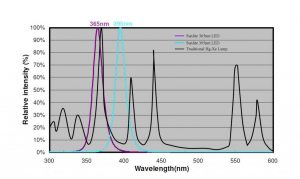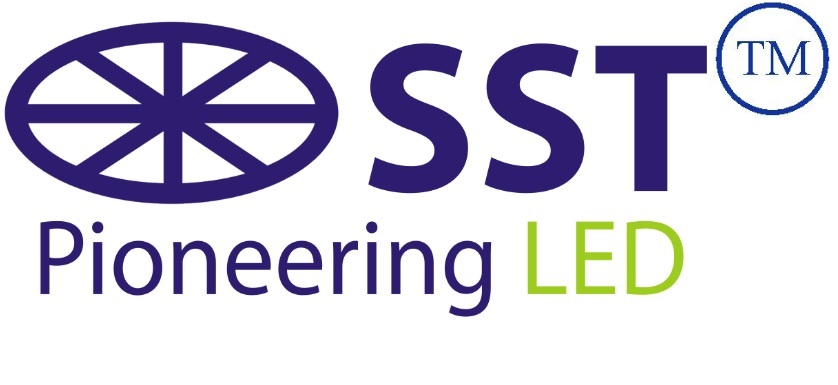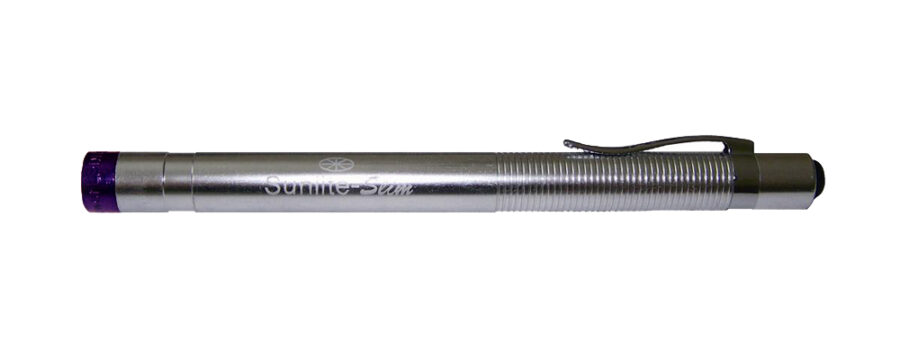Safety Information for Sunlite’s UV LED Penlights
A customer recently asked us whether there were any safety risks related to the use of Sunlite’s UV LED Penlights, and whether there were any optic safety specifications when investigating or analyzing an object being illuminated by our UV LED light for a long period of time. Good question!
As shown in the diagram below, Sunlite’s penlights emit UV light with a narrow 20nm bandwidth and a “peak” of either 365nm or 395nm. Traditional UV mercury lamps, on the other hand, emit light from both the UV and visible light spectrum, and they may also emit some very harmful UV-B (280-320nm) and UV-C (100-280nm) light.
According to Lighting Europe LE Photobiological Safety (Feb 2013), a lighting product is considered safe and without the need to advise users or provide a warning label when it provides optical radiation within given limits. The limit given by LE Photobiological Safety for Retinal Blue-light is 1 W/m2; Retinal Blue-light is classified as light in the range of (300-700nm) according to the IEC/EN 62471 standard.
As measured from a 0.6″ diameter circle of emitted light, the intensity of Sunlite’s 365nm UV penlight is 0.01W/m2, and the intensity of Sunlite’s 395nm UV penlight is 0.025W/m2. As such, Sunlite’s UV penlights are far below the stated 1 W/m2 intensity limit and considered safe without the need to provide a product warning label.
Even so, one should never look directly at any UV light, and one should use care when using Sunlite’s UV penlights.

